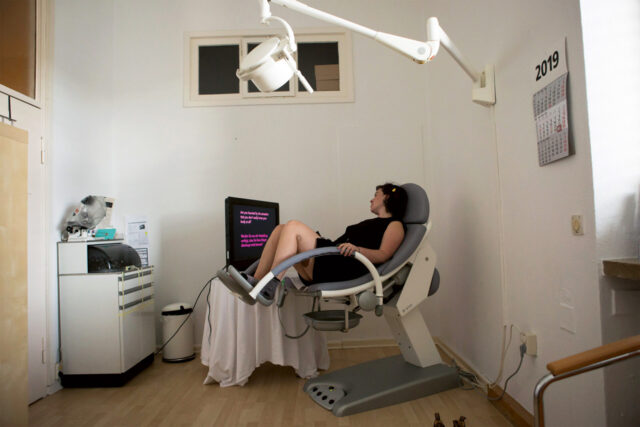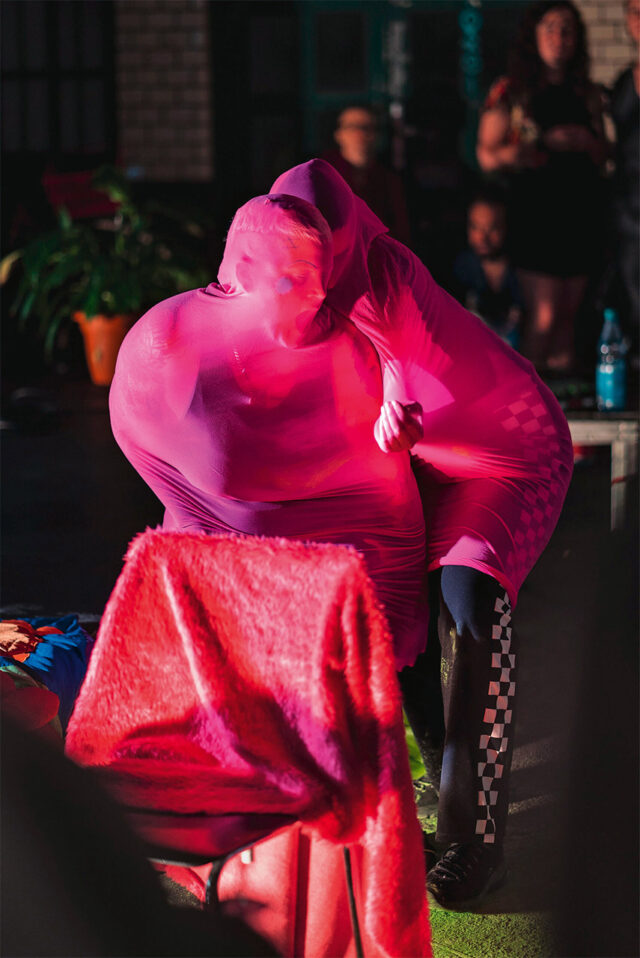
Kiona Hagen Niehaus, Dr. Self, video work in the frame of PROBAND WERDEN, Foto: Billie Sara Clarken

future babies, performance in the frame of the exhibition LUCKY, 2018, Foto: Judy Landkammer

Kiona Hagen Niehaus, Dr. Self, video work in the frame of PROBAND WERDEN, Foto: Billie Sara Clarken

future babies, performance in the frame of the exhibition LUCKY, 2018, Foto: Judy Landkammer